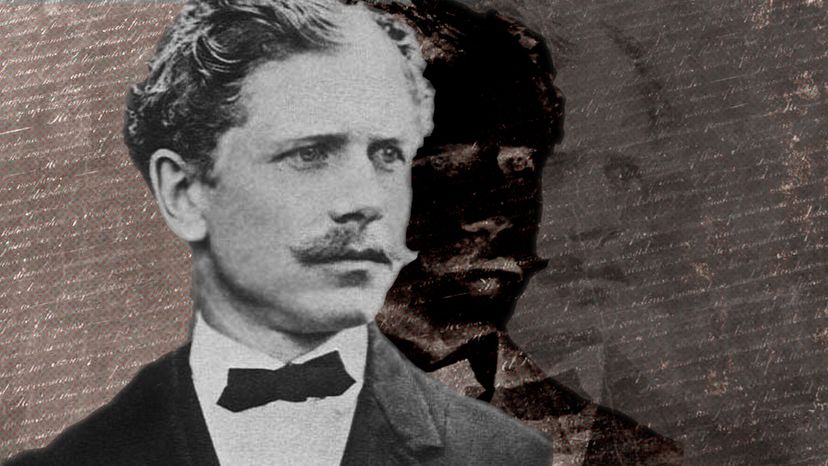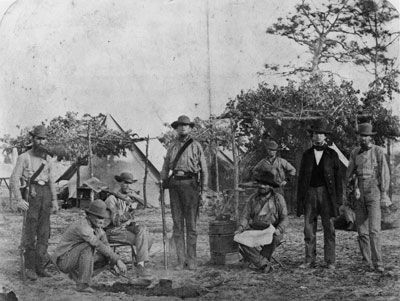Others say Bierce died on the American side of the border.
Journalist Jake Silverstein in 2002 explored the theory that Bierce bid adieu to the physical world in Texas, not Mexico. Silverstein dug up an old letter to the editor of a tiny local newspaper in Marfa, Texas, from a man who claimed Bierce's body was buried there in an unmarked grave. That man told Silverstein that he had once picked up a hitchhiker who had fought for the Mexican federal forces as a teenager. The hitchhiker told the story of picking up an old gringo who appeared quite sick and called himself "Ambrosia." He paid the man and his friends to help get him back into the U.S. and during the trip he talked of the many books he had written, one with with the word 'devil' in the title. But "Ambrosia" didn't survive the trip back to the U.S., and instead died of pneumonia on January 17, 1914, his body buried in an unmarked grave in Marfa, Texas. It's possible that the man who called himself "Ambrosia" was Ambrose Bierce.
And then there's the Grand Canyon story. Some Bierce enthusiasts posit that he had the letter sent from Mexico to throw people off of his intended destination: suicide in one of his favorite places to visit.
Swaim floated a more mundane end to Bierce's story in his own novel. In that version, Bierce survives the fighting in Mexico and heads to Saratoga Springs, New York. There he falls in love with a local woman and lives out the rest of his life before dying from an asthma attack.
That's not a relatively bad way to go out, but it's most likely also not what happened.
"It's fiction," Swaim says.



